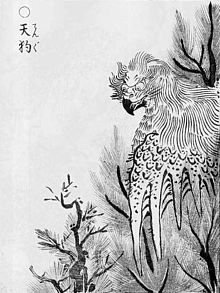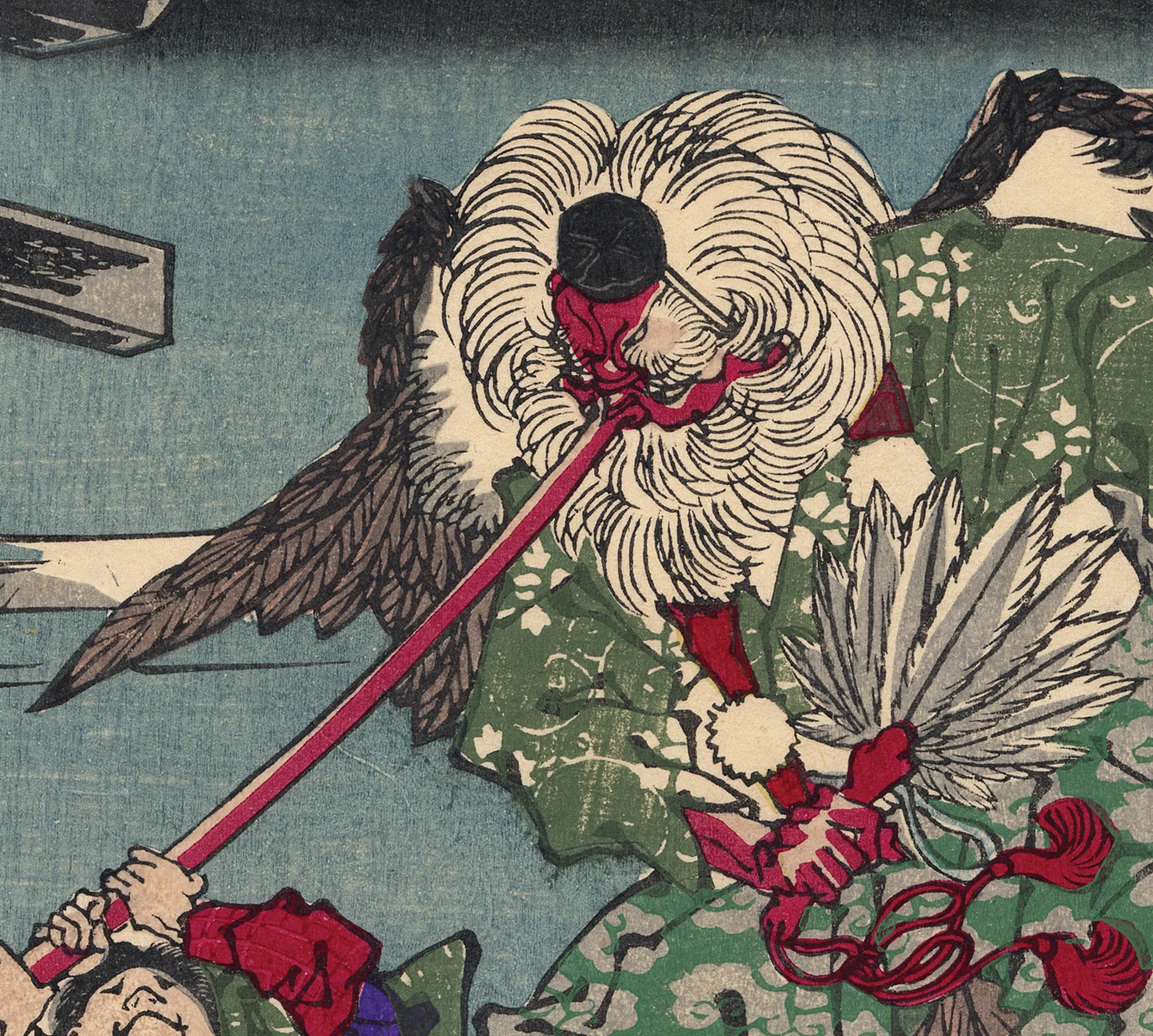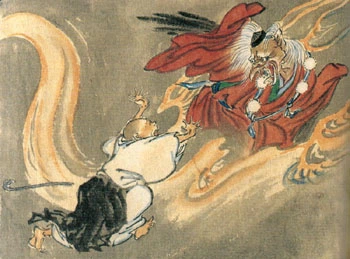Tengu Unmasked: Peeling Back the Layers of Legends
- incrediblediscours
- Jul 14, 2023
- 3 min read

Tengu, the enigmatic creatures of Japanese mythology,

have captivated the imagination for centuries. However, delving beyond the surface-level descriptions reveals a much deeper understanding of their origins and evolution. While many sources provide a generic portrayal of Tengu as long-nosed, magical mountain bird men dressed as Buddhist monks, this merely scratches the surface of their true nature. To truly comprehend the essence of Tengu, one must explore their historical context and the transformations they underwent over time.
Tengu from Impersonal to Personal Evil.
Initially, Tengu emerged as amorphous entities embodying societal unrest, sickness, and general distress. Originating from China, where they were associated with comets and mythical canine-like creatures dwelling in the mountains, the term "Tengu" made its way to Japan. However, linguistic and cultural shifts caused the canine connection to be lost in translation. It was during the early medieval period that Tengu became linked to specific religious and political figures, transforming from passive representations of natural forces into beings with their own volition. Japanese Buddhism embraced Tengu as manifestations of Mara, the embodiment of evil tempting individuals away from the Buddha's teachings and the Eightfold Path. This association with Buddhism solidified their image as monk-like entities dwelling in the mountains, while folklore and literature added their own interpretations, sometimes depicting Tengu as anthropomorphized animals such as hawks or crows.
Tengu Unmasked
Examining the historical trajectory of Tengu reveals not only a richer understanding of their essence but also the profound influence of Buddhism on Japanese culture, society, and history. The term "Tengu" first appeared in written records during the late 8th century, in works like the Nihon Shoki, where it was borrowed from earlier Chinese texts as a means of establishing legitimacy with the Chinese authorities of the time. As major Buddhist temples flourished in Japan during the Nara and Heian periods, these religious institutions gained power and prestige, often aligning themselves with political factions. The Tale of Heike provides a notable example of Tengu's transition from abstract malevolent spirits to figures intertwined with Buddhism, as the defeated Shingon monk, Shinzei, transforms into a Tengu and becomes a harbinger of misfortune for the imperial court.
Tengu as a Rhetorical Tool
The practice of rituals aimed at warding off Tengu and protecting individuals and families brought about criticism from other Buddhist schools. Tengu became a rhetorical tool, employed to condemn the actions of rival monks without openly criticizing the religious institutions themselves. This association with critique gradually transformed Tengu into more nuanced characters, blurring the lines between good and evil. By the 20th century, Kokugaku Scholars, who championed Japanese cultural heritage, embraced Tengu as symbols representing native values, contrasting them against Buddhism's perceived foreign influences.

Understanding Tengu goes beyond the common depiction of them as long-nosed, bird-like beings dressed as Buddhist monks.
Their origins as shapeless embodiments of distress and their subsequent association with Buddhism shed light on their multifaceted nature. From their roots as agents of critique within Buddhism to their representation of native values in modern times, Tengu exemplify the dynamic nature of folklore and its ability to adapt and reflect societal shifts. Exploring the evolution of Tengu offers not only a fascinating journey through Japanese mythology but also insights into the cultural tapestry of Japan itself.
Further Reading:
Original Texts
Tengu Unmasked









